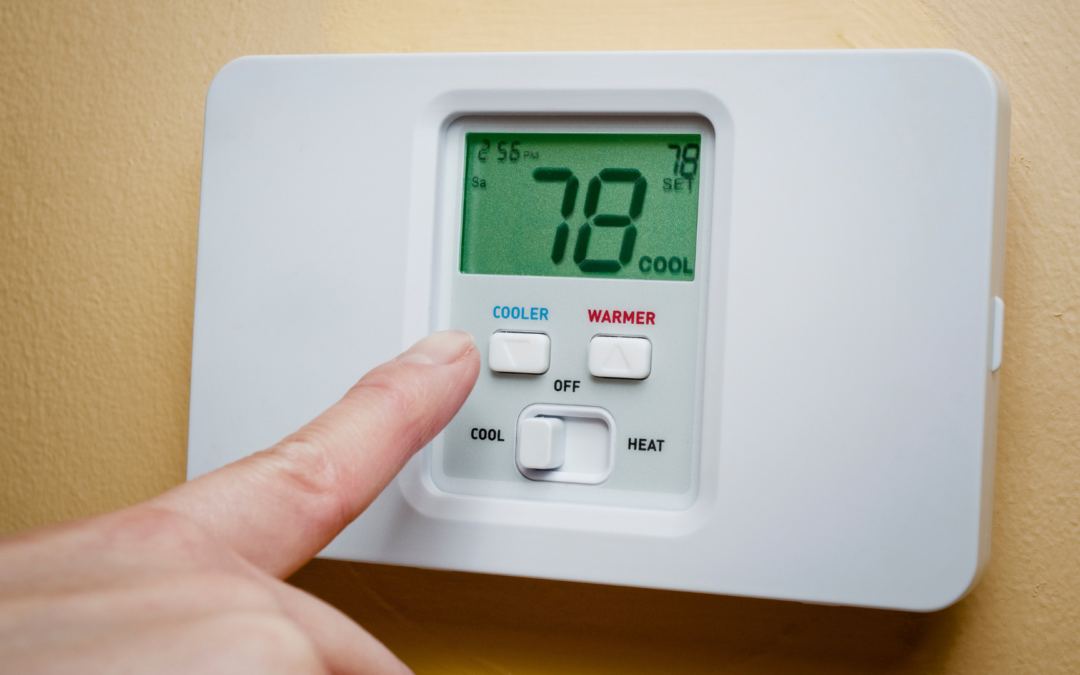At this time of year, after facing a few months of both brutal heat and painful utility bills, it’s natural to start thinking of ways to reduce your energy costs.
There are certainly upgrades that can be made to your home to increase its energy efficiency, but those tend to be costly. While upgrading your windows and appliances are likely worth the investment in the long run, below are some low-cost, DIY tactics you can employ now to cool off both your home and your wallet.
- Program your thermostat to adjust higher when you know you will be away from home. According to Florida Power & Light, each degree you increase your thermostat between 75 and 78 degrees can save you 3-5% on your monthly cooling costs. Just be careful not to increase the temperature much beyond 80 degrees or your HVAC will struggle to manage the moisture in your home, leading to potential mildew issues. While you’re at it, be sure to replace your AC filter monthly to avoid making your HVAC unit work harder than it needs to.
- While a hot shower may be the best thing since sliced bread, reducing the thermostat on your water heater from 140 to 120 degrees can also save you 3-5% on your bill (up to $400 annually). Behind the AC, your water heater comprises the second largest portion of your energy bill.
- Make sure your windows and doors are sealed. Check caulk around windows for any gaps or cracking and consider inexpensive weather-stripping for your exterior doors if you can see daylight around the seams. Both will keep your cool air in and humidity out.
- Maintain and use your appliances efficiently. Cleaning your refrigerator coils every six months will keep your fridge working efficiently. Also, consider using your smaller cooking appliances before firing up your oven to cook meals. Air fryers, toaster ovens and microwaves use about a third of the power needed by your oven.
- If you find your self in need of a roof replacement, either due to wear and tear or the pressure of your insurance company, consider white or light colored shingles or other roof covering, as they reduce the absorption of heat through an increased solar reflectance, keeping your roof cooler and reducing the burden on your HVAC system.
As your mission to reduce your energy costs continues, you might consider investing in a home energy audit ($400 on average), where a professional will prepare a complete profile of your energy consumption using a combination of interviews, home walkthroughs and audits of your utility bills. This will result in a detailed report that includes recommendations for changes in behavior and energy upgrades to your home that will not only save your bank account, but also reduce your carbon footprint. Check out energystar.gov for more information.
